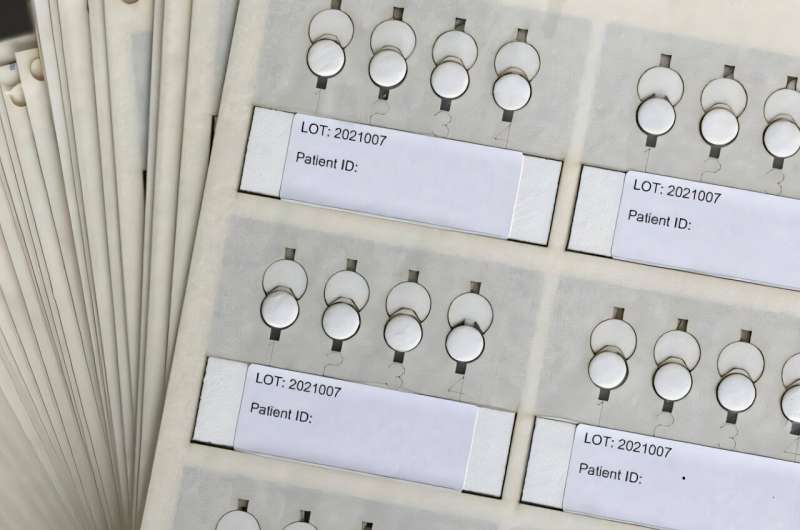While this technology is helpful for tracking someone’s adherence to their drug regimen or monitoring disease progression, the most frequently used devices don’t control how much blood they collect, potentially leading to inaccurate readings of a person’s infection.
Understanding this limitation, Charlie Mace, an associate professor at Tufts University’s Department of Chemistry, postdoctoral scholar Giorgio Morbioli, and colleagues engineered a paper device with wax-printed patterns that create precise channels and collection spots, ensuring it consistently collects the same volume of blood.
In a clinical pilot with 75 South African patients living with HIV, the Tufts research team’s device, called a plasma spot card, more accurately measured the extent of a patient’s HIV infection versus the industry gold standard, the Roche plasma spot card (90.5% vs. 82.7%) and was better at detecting drug resistant viral mutations (63% vs. 42%), which can influence a physician’s decision to keep someone on the same regimen or switch medications.

